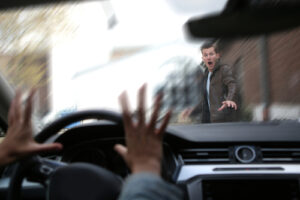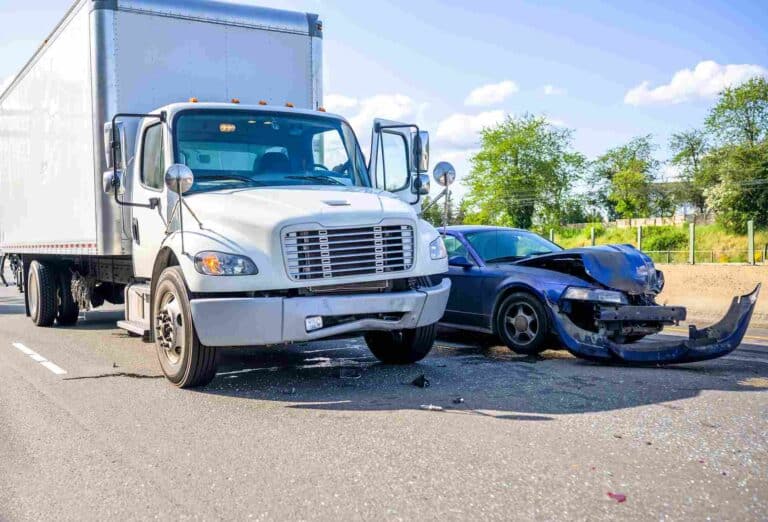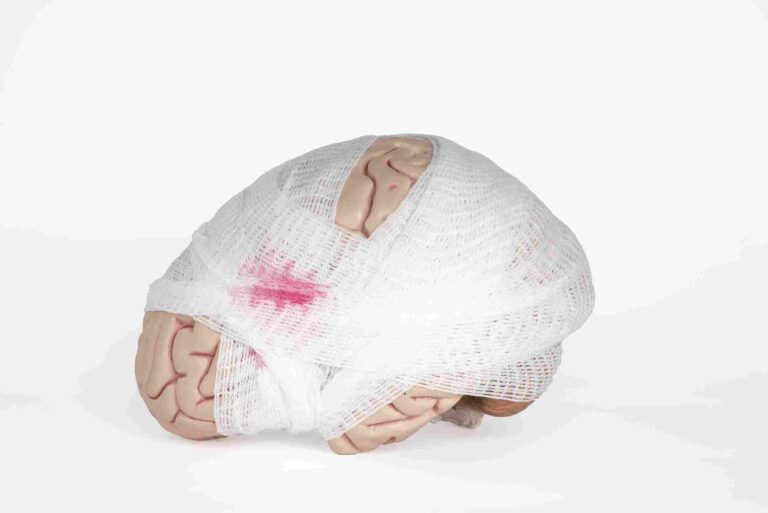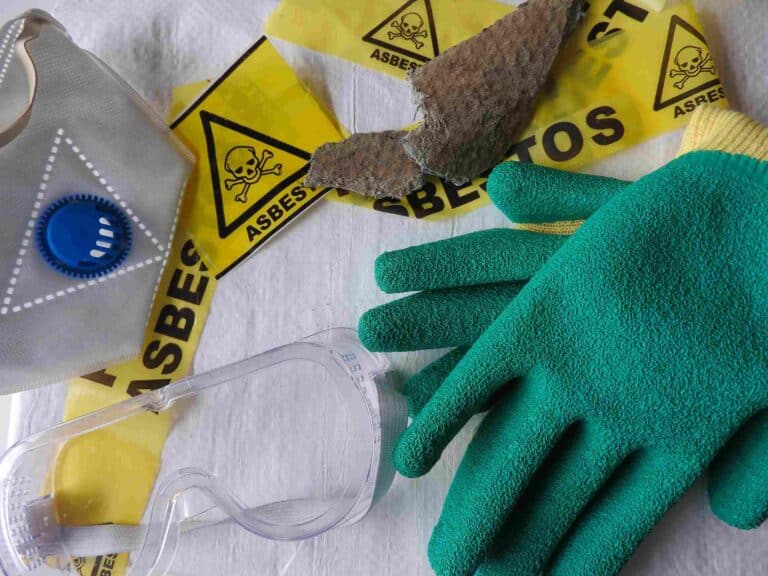Auto accidents in the United States kill nearly 6,000 pedestrians each year. The state of New York is extremely congested and has over 3,000 pedestrians sustaining serious injuries annually. A Long Island pedestrian accident lawyer has helped many of these people in the past.
When you hear a pedestrian accident has occurred, your first thought may be that it was the vehicle driver’s fault. While this is often the case, there are situations where pedestrian accidents are caused by pedestrian negligence.
If a pedestrian steps into the road suddenly, a driver may not have time to react and avoid a collision. The driver could move into another lane or hit a car head-on when trying to avoid hitting the pedestrian. They may also hit the pedestrian they were trying to avoid.
In New York, accidents where a pedestrian acted negligently, will likely result in them being held responsible for the collision.
Common Injuries in Pedestrian Accidents
When a car hits a pedestrian, the pedestrian usually suffers the most serious injuries. That is because, unlike the person inside the vehicle, they are completely exposed and have no protection.
For example, if the bumper of a car hits the pedestrian, their pelvis and legs may be fractured. In other cases, the front portion of the vehicle will lift the pedestrian off the ground, causing them to hit the windshield or even the hood of the car. This can result in TBIs (traumatic brain injuries). If the pedestrian is knocked to the ground in the accident, they could sustain spinal injuries.
Determining Fault in Car vs. Pedestrian Accidents
It is only natural for people to believe that pedestrians who are injured in an accident are not at fault. While this is often true, like in situations where the driver was distracted, driving while impaired, or speeding, there are other situations when it may be the actions and behavior of the pedestrian that cause the accident.
In New York, it may be challenging for drivers to control their vehicle and avoid hitting someone who is not where they should be.
Damages in these cases are awarded based on who was at fault for the accident, not based on who suffered the most severe injury. Because of this, it is recommended that a driver consult with an experienced pedestrian accident attorney if they hit a pedestrian by no fault of their own.
Situations When Pedestrians May Cause Accidents
If pedestrians fail to follow the traffic rules or act irresponsibly, they may cause serious accidents. Some of the situations when a pedestrian may be at fault for an accident include the following:
Distracted Walking
A pedestrian who is checking their social media feeds, reading an email, or texting while walking is not focused on what is happening around them. This is also the case if a pedestrian is listening to loud music or wearing headphones while walking and cannot hear the warnings of horns from the vehicles nearby.
This type of distraction is one of the leading causes of pedestrian-caused accidents. Distracted walking while going across the road can also be disastrous and lead to devastating injuries.
Walking Under the Influence of Drugs or Alcohol
Illegal drugs, alcohol, and prescription medication can impair balance and muscle coordination. As a result, this can impact a person’s ability to walk safely. If a pedestrian is intoxicated due to a prohibited substance, they will also have poor judgment. Because of this, they are more likely to cause an accident.
Jaywalking
Jaywalking is a word used to describe pedestrian behavior involving crossing streets illegally, recklessly, or unsafely. Examples of jaywalking include the following:
- Failing to obey the control signals in place for pedestrians
- Crossing the road in a location besides the specified crosswalk
- Not obeying the traffic rule of walking against the direction of traffic
- Crossing a road in a location beside the specified crosswalk
Walking in Prohibited Locations
Some areas and roads are “off limits” to pedestrians. This is because they are extremely dangerous to walk on or near. If pedestrians do not obey the rules and walk in these prohibited areas, they may be considered at fault if an accident occurs. Even if the pedestrian is seriously injured, they may be liable for the incident.
Behavior Resulting from Poor Judgment
If a pedestrian crosses the road too quickly without looking at what the vehicles nearby are doing, they may be considered at fault for the collision. Some additional examples of poor judgment include the following:
- Behaving in a way distracts drivers
- Wearing dark clothing that makes them difficult to see
- Darting or running into the road to pick something up
- Throwing something on the road
Shared Fault in Pedestrian Accidents
New York is considered a comparative negligence state. This means if an accident occurs, the damages someone can recover depends on how much fault they are assigned. According to the law, not just drivers but pedestrians, too, must exercise reasonable care and obey the traffic rules and signs. If pedestrians violate these rules, they may be considered partially at fault for the accident, even if their injuries are severe.
Proving Pedestrian Fault in an Accident
Some things you can use to help prove the pedestrian was at fault for an accident include the following:
- Evidence of damage to the vehicle in the accident
- Surveillance or dash cam footage of what happened
- Testimony from witnesses to the incident
- Photos that were taken at the accident scene
- Chemical test records
Contact The Law Office of Joseph J. Perrini, III for Assistance
It can be a traumatic situation for everyone if you hit a pedestrian. However, if the pedestrian’s negligence caused the accident, they may be found at fault for the incident. Contact The Law Office of Joseph J. Perrini, III for more information about how to prove fault. We can help with each step of the legal process. Call or contact us today for a free consultation.





